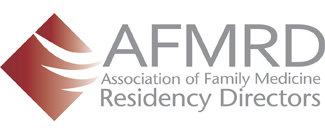A Question of Ethics
Interest in family medicine was strong during the developmental years of the 1970s. For example, in 1975 the NRMP fill rate was over 85%. But in 1988, student interest in family medicine, along with the other primary care specialties, began to decline, reaching its nadir in 1991 at 65%.
Not surprisingly, this declining student interest in family medicine and other primary care specialties was of great concern to residency program directors. This issue was repeatedly discussed at Program Directors Workshops throughout the period prior to AFMRD formation -- and after. In the August 1991 Highlights, Stephen Brunton, MD, AFMRD president, wrote:
"The major focus [of the June Program Directors Workshop] was the alarming decline of student interest in primary care, in general, and family medicine in particular... The other increasing concern is the strain that this crisis will place on our members, and the action they may take to remedy their own resident shortfall."
The time had come for AFPRD to assume leadership by developing ethical guidelines for resident recruitment.
Dr. Willard headed a group of 14 members. A survey of directors had given them the direction and examples of the kinds of activities under question. What the committee produced, according to Dr. Willard, was "a functional working document." The guidelines were widely disseminated to program directors.
"This document developed at the grass roots level," says Dr. Willard. That gave it its strength.
